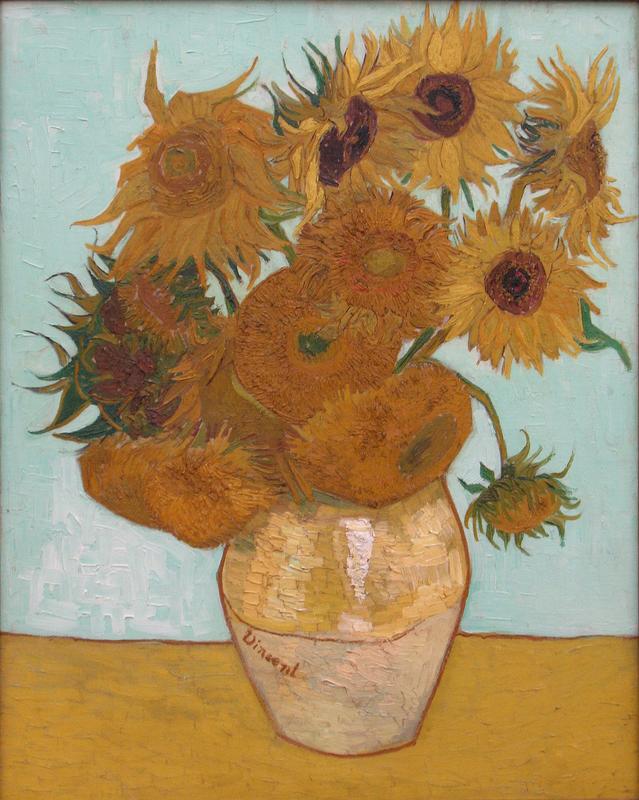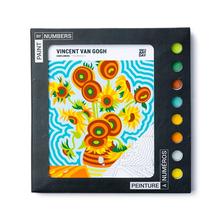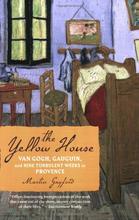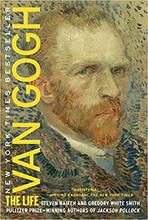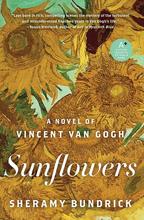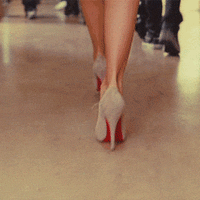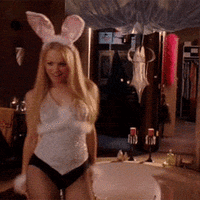More about Sunflowers
- All
- Info
- Shop

Contributor
In six manic days of August, 1888, Vincent van Gogh painted not one but FOUR different ‘sunflowers in a vase’ paintings.
Van Gogh was in the south of France and excitedly preparing for the arrival of French great Paul Gauguin, the one who would eventually go to Tahiti and paint nude locals. Van Gogh wanted to impress and welcome the Frenchman, and earlier in Paris, Gauguin had liked two of van Gogh's early sunflowers paintings so much that he traded his own works for them. Flowers don't always smooth things over though, later the two fell out with some bad consequences.
The National Gallery did well and has this work, which some consider the most daring and important of the Sunflowers series. Visitors to the museum have voted with their feet and in The Sunflowers are Mine, Martin Bailey observes that the patch of floor in front of Sunflowers (1988) "gets more scuffed" than it does in front of any other work in the National Gallery.
Sunflowers are great. It’s like looking at the sun without burning your retina to a crisp. Being heliotropic, sunflowers do the looking at the sun for you. They turn their heads during to the day to cheerfully follow the sun as it rises and sets. They are bright, beautiful, and make everyone feel good about life.
Except one Henry de Groux that is. In early 1890 he almost ended up a murderer because of them. De Groux refused to show his paintings alongside "the laughable pot of sunflowers by Mr. Vincent" in a major exhibition in Belgium. This enraged a young aristocrat, Henri de Toulouse-Lautrec who, along with Gauguin, thought Vincent van Gogh’s sunflowers were just the best thing ever. In the tumult that followed, Henri challenged de Groux to a duel! Not a good idea since Henri had a serious brittle bone problem and was a budding alcoholic. Somehow common sense prevailed and the duel never happened.
In his defense, de Groux was not alone. Van Gogh broke rule one of the period, which was to increase the intensity of colors by painting contrasting colors next to each, such as bright yellow and aquamarine blue. In Sunflowers no. 4 van Gogh put yellow flowers in a yellow vase on a yellow table, against a yellow wall. When a fellow painter saw the painting he exclaimed in full-on Frenchness, "Merde! Everything is yellow! I don’t know what painting is any more!"

